I can’t seem to find a lot of info about these people – I know they make third party lenses for Nikon, Fuji etc. and that their ‘site’ seems to be a Facebook page (hardly a site…)
I purchased mine from the NikonRumors site/blog as the site admin made these available to the readers. This one came from Singapore but they are available in Europe – at pretty much the same price of around 200€ – this is an excellent lens for the price – we’re not expecting Leitz-standard quality – be reasonable guys – but I’m frankly well pleased with the few test shots I’ve done today.
This lens is a full-frame, manual focus, fisheye (not a circular image) with a comparatively ‘fast’ aperture of f/2.8. Judging by the weight (556g) it is a mostly metal construction, and as there are no electrical contacts or ‘aperture feeler’ the lens is constantly stopped down to whatever is chosen on the aperture ring. This has an obvious effect on what you see in the viewfinder – the image will darken or lighten for a few seconds as you change aperture until the camera ‘corrects’ the exposure change (by changing the shutter speed).
The lens arrived via DHL this afternoon, and within 30 seconds I was tearing it out of the box… It’s a very compact lens – with a very interesting focusing scale…0.17, 0.2, 0.25, 0.3, 0.5, 1m – infinity. So basically there’s really not much point adding autofocus anyway – virtually everything is in focus from 1m to infinity, without turning the ring at all! (At f/8 the effective depth of field is from 0.4m to infinity.)
If you put a genuine Nikon rear lens cap (LF-N1) onto the Nikon Z bayonet, the fit is, how can I say this, ‘approximate’ – or ‘loose’ – however, the cap supplied with the lens works perfectly. The front lens cap is metal with a foam lining which needs a slight pressure to pull-off. Good move, as front lens caps that just slide off on their own are not terribly useful.
Obviously there is no filter thread, and the domed front element is quite pronounced. There is no provision for sliding gelatin filters behind the lens (on the mount side) either.
As there are no electrical contacts, no information will be passed back to the processing engine in the camera – what are you expecting with a 200$ manual focus lens?! This means that no aperture or distance information will be recorded in the EXIF data – obviously it’s a good idea to programme the lens as a ‘non CPU lens’ on the camera body, but strangely, on the Z6/7 the range of options for ‘focal length’ jump from 8mm to 13mm – time for an updated firmware Nikon?? (Note: this is due to the fact that Nikon imagine that you will only ever mount Nikkor lenses on the camera, and the focal lengths correspond to Nikkor lenses…)
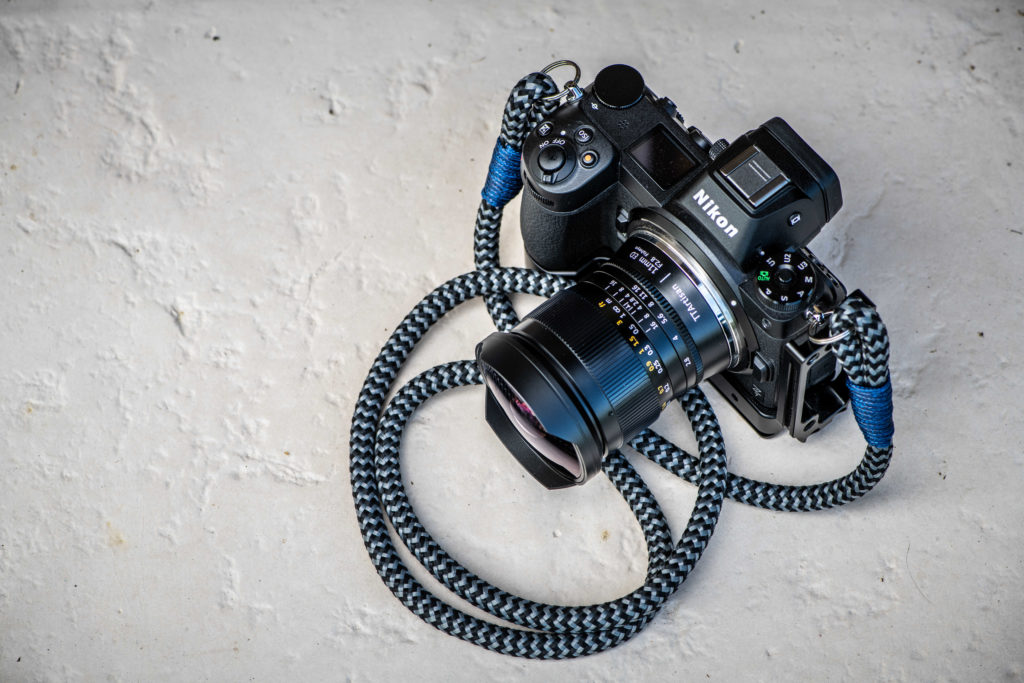
Here it is, wearing one of my favourite Hyperion straps (A red binding version is en route for the Z6)

Held virtually horizontally, this is simply a wide angle lens…
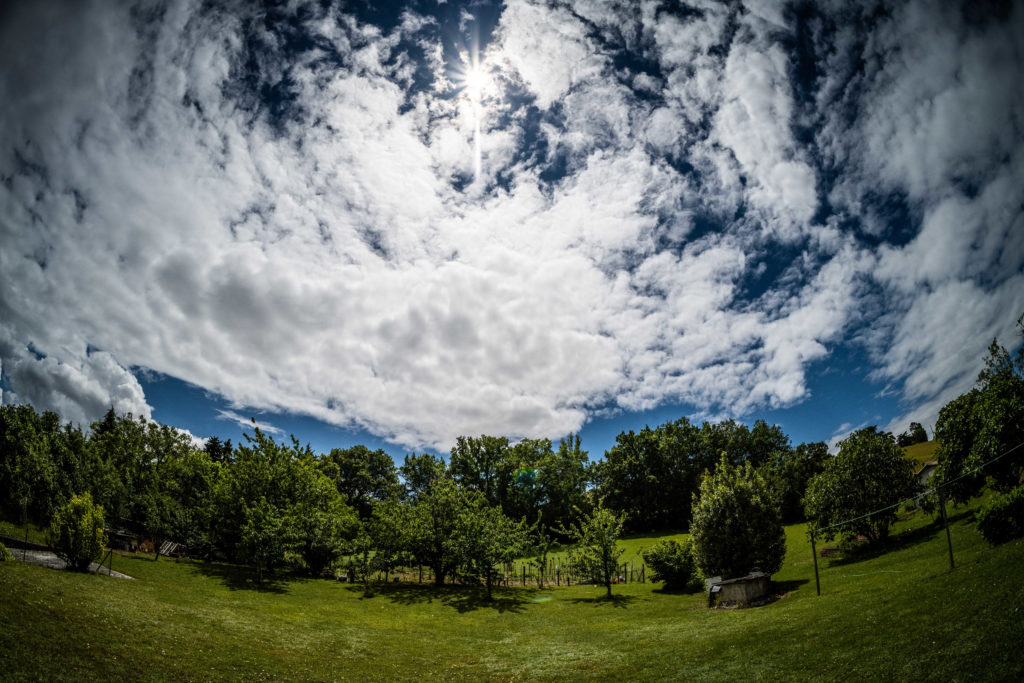
But tilt it up a bit and interesting things happen! As you can see (click on the image for a larger view) there is a bit of lens flare – but nothing we can’t cope with, with a little judicious Lightrooming…
As I’m a fan of ultra-wides, I’m already looking forward to putting this through it’s paces in extreme environments – we have a cathedral in our town which could be interesting to use as a test bed…
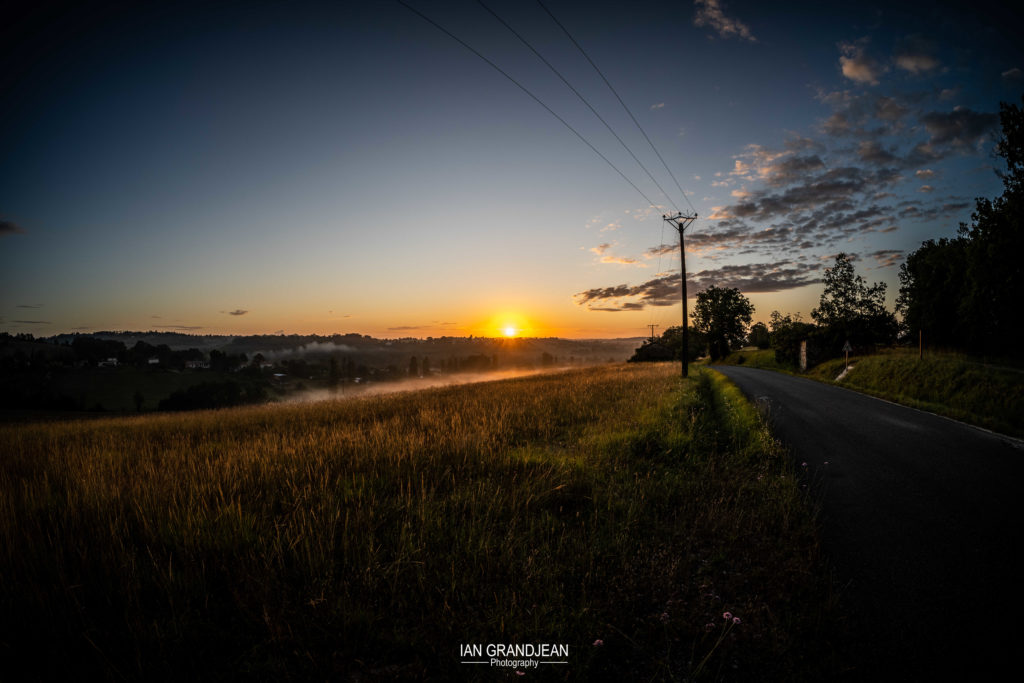
As you can see, there’s a fair amount of vignetting (which can be corrected, more or less, in Lightroom). This doesn’t particularly bother me anyway….
No (post) correction
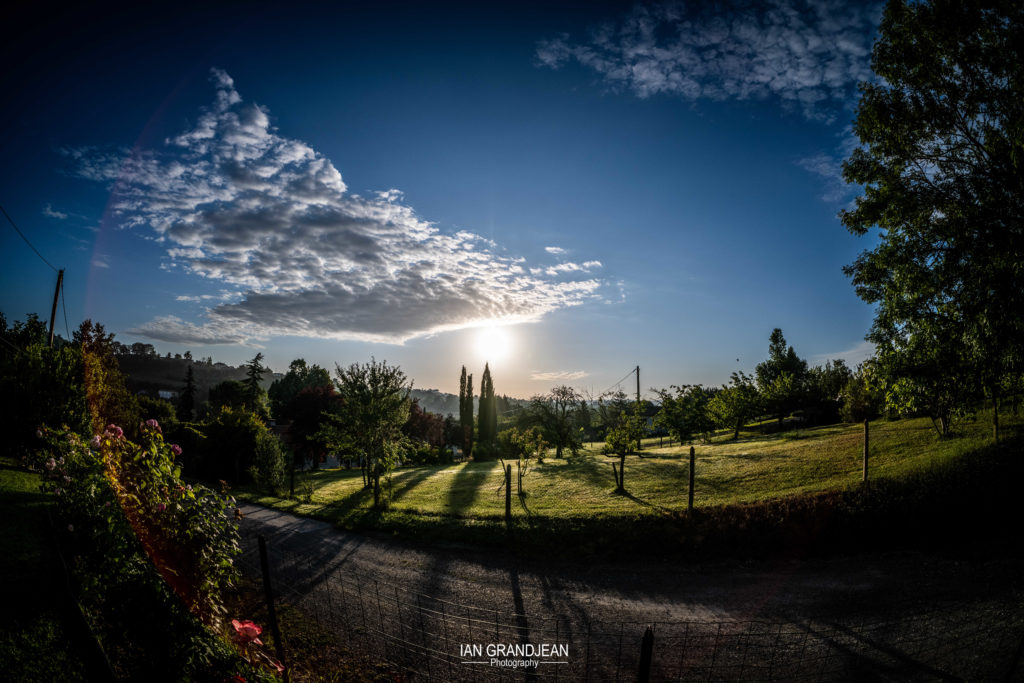
With +76 post-crop vignetting correction
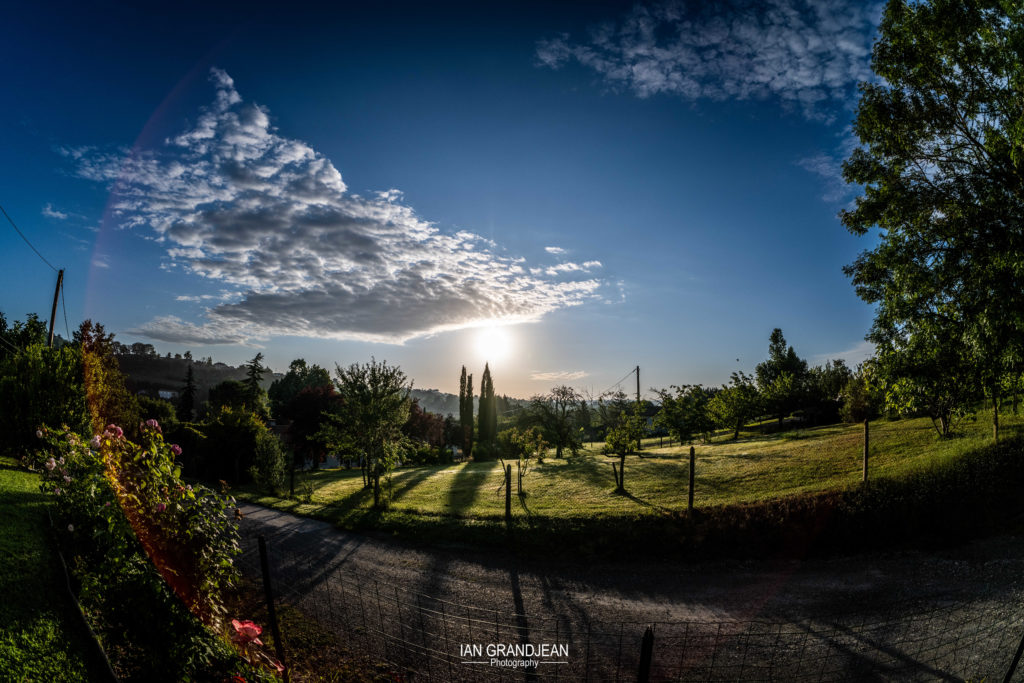
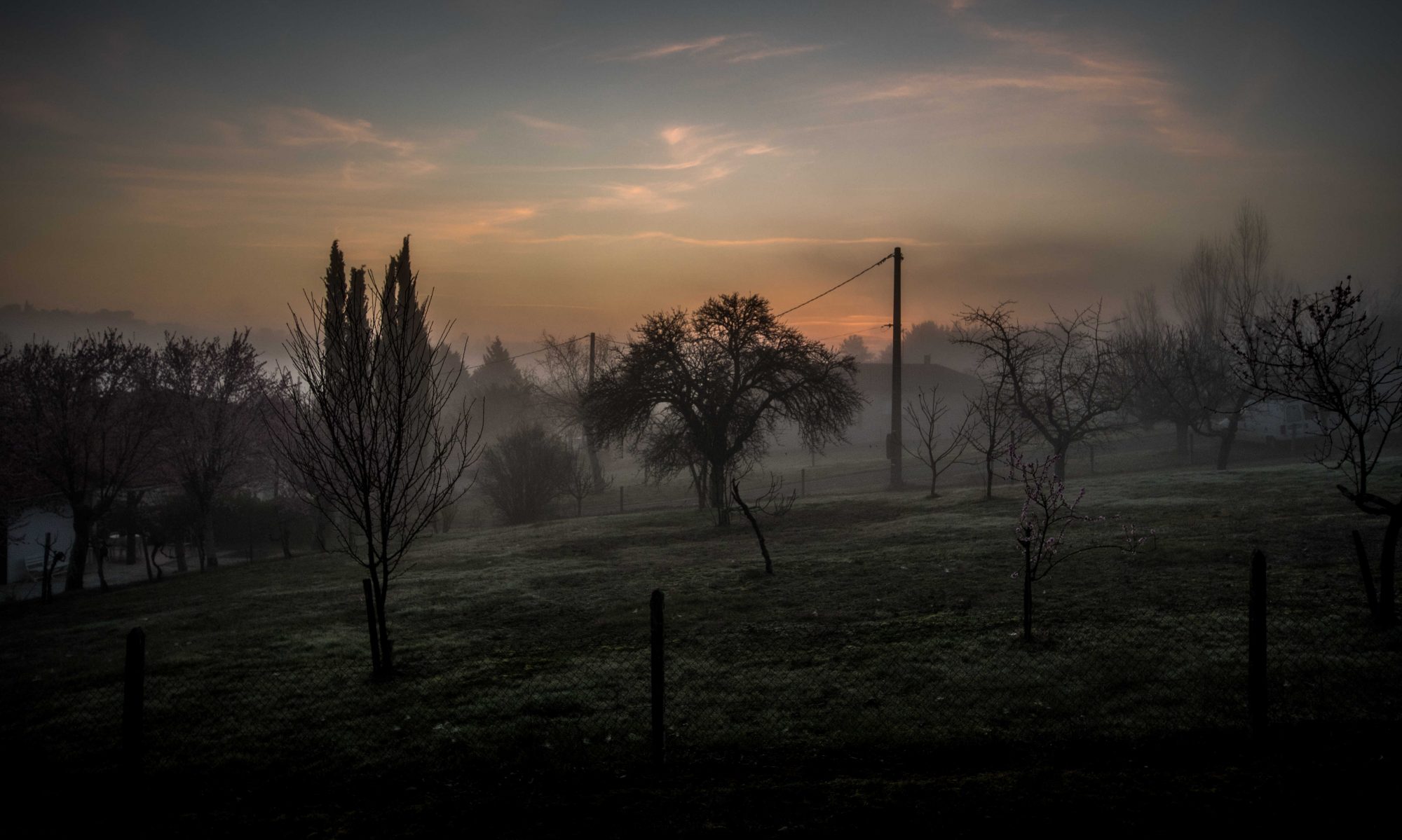
Une réponse sur “TTArtisan 11mm f/2.8 Fisheye”
Les commentaires sont fermés.